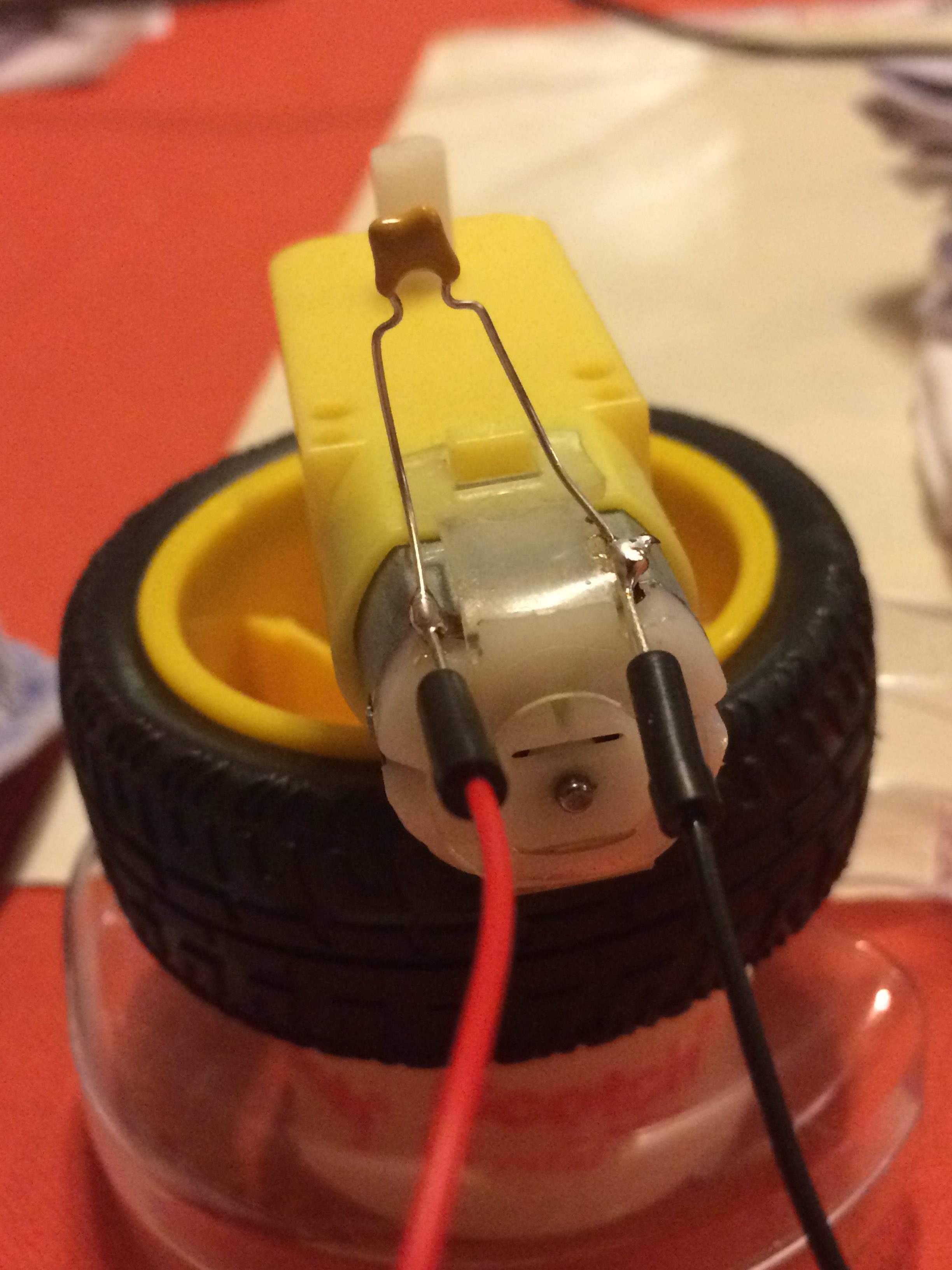Now been busy with circuits on breadboard connected with Raspberry Pi for some time and regularly it happens when I work on a new circuit, I remove the previous one but when I have to set it up again, it sometimes takes a while to get everything right again. Mostly I need to look in the source code again to figure out which GPIO pins are used. I already had a look for some tools that could help me documenting my circuits. But yesterday I found a tool called Fritzing.
The amazing thing about it is that it is so simple to use and very clear and at the end you can export the circuit to jpeg format. I don’t like to read a lot when I want to try something. I just want to jump into it. With success. After 5 minutes I managed to make the following circuit. See image.
You can find more info about Fritzing on http://fritzing.org/home/

